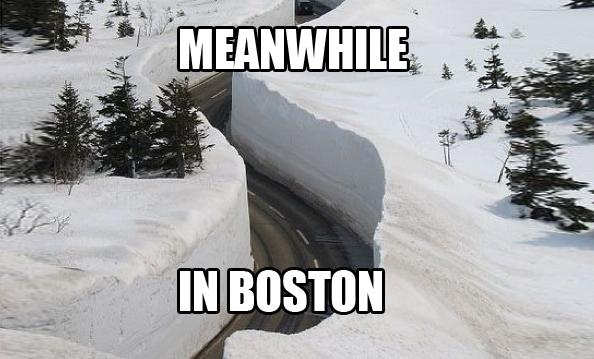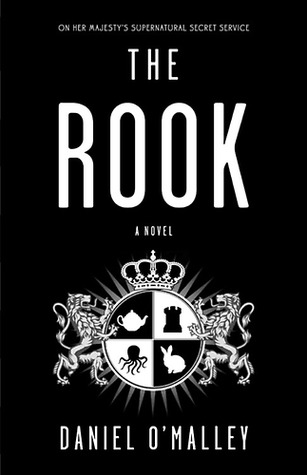 Hey everyone! I'm emerging from my wampa-cave for a review of a book I got an ARC of from NetGalley. I was pretty excited by the reviews I'd read of this series, labeling it as what would happen if Holmes and Watson were romantically involved instead of just full of subtext. I was expecting banter, a good twisty mystery, and a decent dose of that lovely societally-induced repression that makes Victorian romances (especially queer ones) so delightful. Unfortunately I was mildly disappointed on all three counts, but it did give me a lot to think about.
Hey everyone! I'm emerging from my wampa-cave for a review of a book I got an ARC of from NetGalley. I was pretty excited by the reviews I'd read of this series, labeling it as what would happen if Holmes and Watson were romantically involved instead of just full of subtext. I was expecting banter, a good twisty mystery, and a decent dose of that lovely societally-induced repression that makes Victorian romances (especially queer ones) so delightful. Unfortunately I was mildly disappointed on all three counts, but it did give me a lot to think about. The narrator is Ethan Pruitt, the Watson to Colin Pendragon's Holmes. He has a sly sort of humor to him, but it was swallowed up by the massive amounts of angst he went through over the course of the book, as the mystery touched on some painful events in his past. Pendragon was clever, yes, but the ways in which he ordered Pruitt about in public fell short of the whimsical rudeness of Holmes and Watson. In the books and especially the 2009 movie, Watson's put-upon suffering is funny because it's intercut with moments of real emotion between the two-- but I never really felt that emotion between them, the weight of their long relationship and what they meant to each other, the way I wanted to.
The mystery itself was rather muddled for me as well. At one point Pendragon complains that he can't make sense of the crimes that have been committed, and I felt rather the same way. There didn't seem to be any clear objective the murders were driving toward, there was a lot of misdirection and confusion, but not the kind that ramped up my own sense of urgency and curiosity. There was really no clear indication that the crimes had been committed by one person with a specific aim in mind, which is something I hadn't thought of as vital to a murder mystery until now. Ultimately the reveal of whodunit packed no punch, because there'd been no foreshadowing and almost no development of the character in question beforehand. The final confrontation was decently done, but I thought the death unnecessary (though perhaps if I'd read the first two books I'd have cared more about the character?).
This was hardly a bad book, and I think it did a wonderful job of portraying queer characters in genre fiction without making the story all about them being queer. But the plot could have used tightening, and my lack of emotional connection to the characters made it fall flat. All of which has led me to think in depth about mysteries, and the careful amount of construction that goes into their creation.
Arguably, detective fiction is the only genre where the structure of the book is predicated on the characters setting aside their own personal goals, desires, and motivations, in favor of dedicating themselves to someone else's. At least nominally, a detective has to remain objective, at a distance from their cases, lest they lose their ability to think critically about how to solve them. Of course, the best mysteries are the ones where that objectivity is impossible to preserve-- consider Tana French's Dublin Murder Squad series, or Mulder and Scully's work on the X-Files, or Holmes when confronted with the work of Moriarty.
What's common in all these great mysteries is the sense of growing dread-- that while the case of the week may have started out as just another death or theft or unexplained phenomenon, the root of it is something intimately connected to the detective on an emotional level. And if the detective doesn't tread very carefully, the fallout will be not only the failure to solve the case, but a catastrophe for the detective on a personal level as well. In a good mystery, the arc of the plot is a success only if it unravels the detective's impartiality along with the explanation of how the deed was done. If the detective remains wholly outside the case, it's more an intellectual exercise than a story.
Which isn't to say every good mystery must drag the detective's inner demons out onto the page-- many of the shorter Holmes stories are more like long-form riddles than exposés into his character. But the genius of Doyle's work is that he intersperses longer stories that show Holmes and Watson as real, three-dimensional people, with shorter pieces that serve as funny or consternating palate cleansers in between.
But in a novel, the reader spends a long swath of time with the characters, and keeping the detective at a remove from the case also serves to keep the reader at a remove from the detective. It's counterproductive if the author is trying to build tension and keep the reader invested in what happens. Because ultimately the solution to the problem is only important insofar as it is important to the people trying to solve it. In Faithful Place by Tana French, we care if Frank catches Rosie's killer because Frank is driven like a madman to find out what happened to her-- without Mulder to remind us that aliens took his sister, we lose the sense of urgency that keeps us on the edge of our seats as he and Scully come this close, again and again, to finding the truth.
Not to harp on Tana French (but if you like mysteries and you aren't reading Tana French, repair that oversight immediately) but her first book, In The Woods, is the perfect example. In that book, there are two mysteries that protagonist Rob Ryan and his partner Cassie are trying to solve: a murder that's just occurred, and the disappearance of Rob's two best friends back when he was a child. The two are linked from the outset, but in the end only one of them gets solved. We never know what happened to Rob's two friends-- and I'm totally okay with that, because I got enough emotional closure from the completed arc of the story and the solving of the modern murder, that I didn't need to know. I wanted to, of course, and so does Rob. But finding the facts matter far less than feeling the character has come full circle, and in that respect In The Woods tells a whole and complete story.
So, returning to The Connicle Curse. The driving emotional force in the book-- Pruitt's past experience with mental illness and the devastation it brought upon his family when he was a child-- didn't have much to do with uncovering the mastermind behind the murders. Pendragon was set up as Pruitt's emotional support system, and indeed we see Pruitt taking comfort from his partner a few times throughout the book. But the resolution of Mrs. Connicle's brush with institutionalization and Pruitt's ability to confront the horrors of his past didn't dovetail neatly enough with the resolution of the murders. The book played ping-pong with the two, never giving me a chance to really get emotionally invested in either storyline.
In fact, reading this book and writing this post have reminded me that it's been a while since I last read a Tana French book. It might be time to pick up the next in the Dublin Murder series, and scratch the itch for a mystery I actually won't be able to put down.
You can see more of my book ratings at my Goodreads. The Connicle Curse is available for sale on Amazon.






